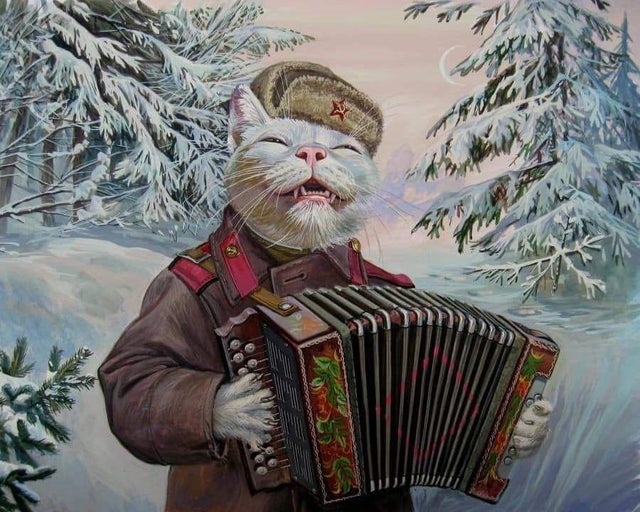Feature Track: Do You Remember? by Hüsker Dü (Recorded May 1979/Released 2017/The Numero Group/Minneapolis, MN)
"Initially we were like 'Yeah, let's play faster than The Ramones .' and then we heard The Dickies and it was like 'Let's play faster than The Dickies!" - Greg Norton, Hüsker Dü
Let's get one thing straight: Who invented hardcore? Who fucking cares?
What we do know is that while lo-fi experimental bands with pop sensibilities were peeling away from Punk and leaning into New Wave, there were a not insignificant number of punk purists who wanted nothing to do with all this new artsy stuff. These people wanted short, sharp songs with abrasive guitars, thundering bass, and mach-3 drumming. Not the least among these people were the Ramones, who toured extensively and released both Leave Home and Rocket To Russia in ‘77. Similarly, the Sex Pistols, Dead Boys, The Viletones, and a slew of others on the East coast had no intentions on changing their sound to suit what they saw as the corporate answer to punk. Punk may have died, but that wasn’t going to stop anyone from playing Punk Rock. Hell, you could take the whole Punk Rock thing and dial it up even further.
That’s exactly what happened in the scene that popped up in California after The Ramones came to town back in '76. In addition to pre-existing groups like The Runaways, Panic , and The Weirdos , new groups like The Dickies, Venus & The Razorblades and Germs came together. Initially these bands followed the same formula that had worked for The Stooges and The New York Dolls and the Ramones. When Punk Rock started maturing into New Wave in '77, the Southern California punks were surprisingly resilient against the changes. Sure, some incorporated keyboards and made concessions to melody, but in the face of the pop takeover, they stuck to their guns. The result was punk rock but....moreso. The drumming got faster and more intense. The guitars went louder and more abrasive. The bassists started adding distortion to their tone as well, and often played with picks to accommodate tempos beyond what their fingers could handle. Singers were less interested in any form of melody, opting to shout or chant the lyrics, which often dealt with unseemly subject matter.
The first fans of this form of Punk Rock were younger punks that came from suburbs of Los Angeles like Hermosa Beach and South Bay. This lead to a sort of rivalry between the older downtown LA punk scene, which had started to turn toward New Wave, and the younger suburban punks, who wanted nothing to do with the skinny ties and wimpy lyrics. These younger punks saw themselves as the proper inheritors of the Punk label, and it was their job to make sure it stayed abrasive. These were the true punks, the die-hards, the hard core fans.From Southern California, it travelled up to San Francisco where Dead Kennedys, Negative Trend, jump-started the Bay Area punk scene. Then it was up to British Columbia, where Dayglo Abortions, The Subhumans, and D.O.A brought punk to Canada’s West coast. By the end of the decade there would be a scene built around this kind of punk on the East coast, too. But right now, it doesn’t really have a name yet. It’s all just punk rock still.
I’d like to continue writing about this movement, but it’s easily the longest of the punk movements and it stretches across multiple years where other things happened that I’d like to write about. But primarily, I’d like to talk about the thing the SoCal punks did better than any other scene at the time: incorporating women.
As I stated back in the very first addendum, women (both cis and trans) have been integral to punk from the very beginning. By the time punk finally emerged, Blondie and Talking Heads both featured women prominently, however punk was still overwhelmingly dude-ly. In the early days, SoCal punks went so contrary to this that it’s almost easier to think of early California Punk acts that didn’t feature women than ones that did. There was Lorna Doom on bass in Germs, Exene Cervenka shared vocal duties with John Doe in X, Alice Bag and Patricia Morrison were the singer and guitarist respectively in Bags, and like half The Razorblades were women. Not to mention the all-female groups like The Runaways and The Go-Go’s in their early days.
None of this is to say it was 100% safe to be a woman in the late 70’s SoCal Punk scene. It still consisted predominately of men, and the harsh, aggressive sound attracted a particular kind of angry young man. These angry young men were attracted to bands of angry older men like Fear, the second band on my “No Features” list. Also, these angry young men would often expect to show up at punk venues and get in on some violence. They soon found out that under all the leather and safety pins, punk musicians were still artists at the end of the day, rather than fighters. To the angry young men, these wimps had to be forcibly taught in the ways of violence. Worse yet, the swastika and other Nazi allusions hadn’t quite been phased out yet, so some of these young angry men fell in with the Neo-Nazis who felt like they belonged. The careless actions of rhe first wave punks were coming back to bite. Those battles, however, are a story for after the end of the decade.
Next Time: I don't know, but hopefully it's up on or before Friday. My day job involves a lot of writing and burnout is real.
I appreciate that, but at this rate we'll never make it to the present day before the sun dies on us lol
Eh, I beat my own prediction about when I'd get around to hardcore.
Also, there's just...fuckin....so much hardcore.



